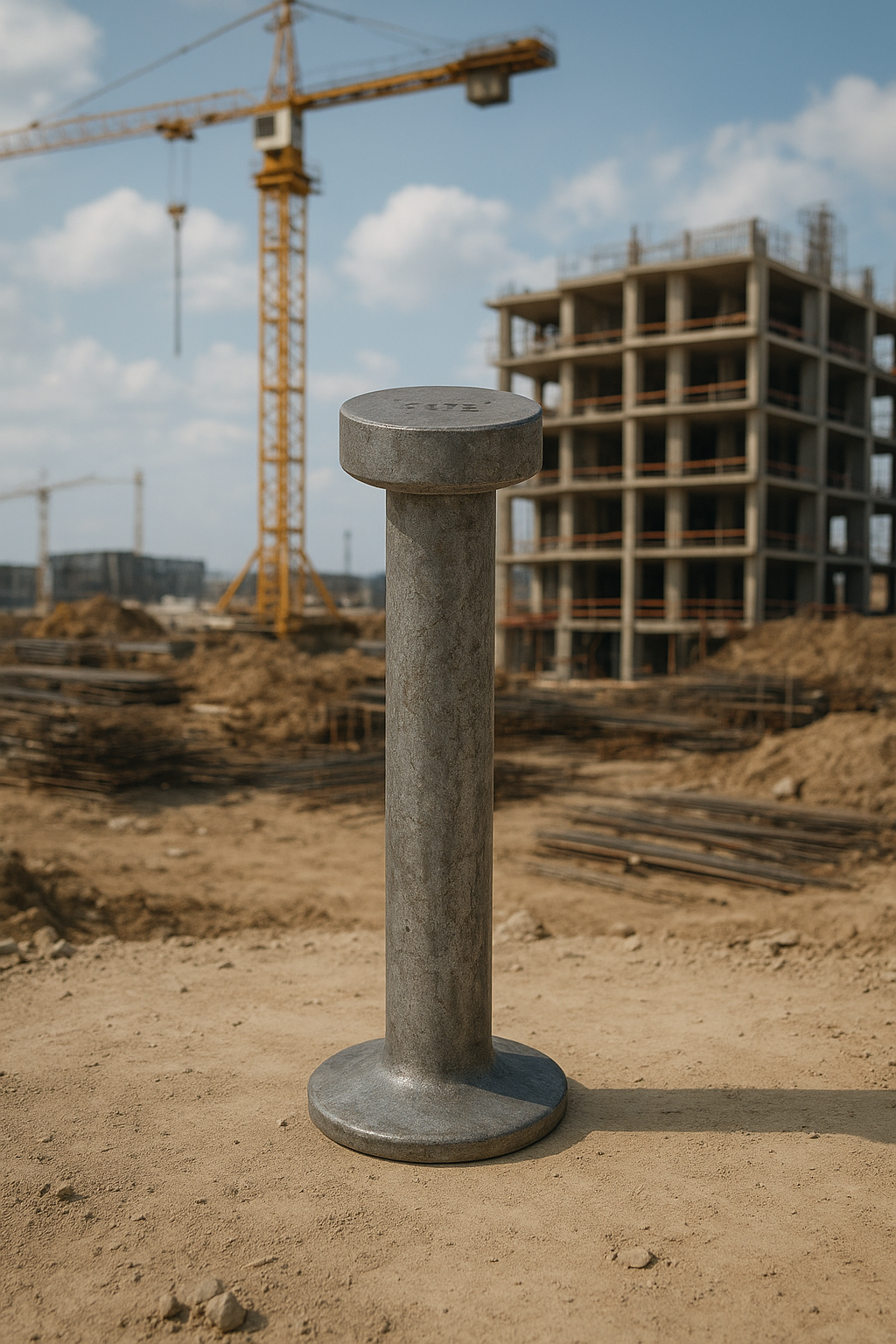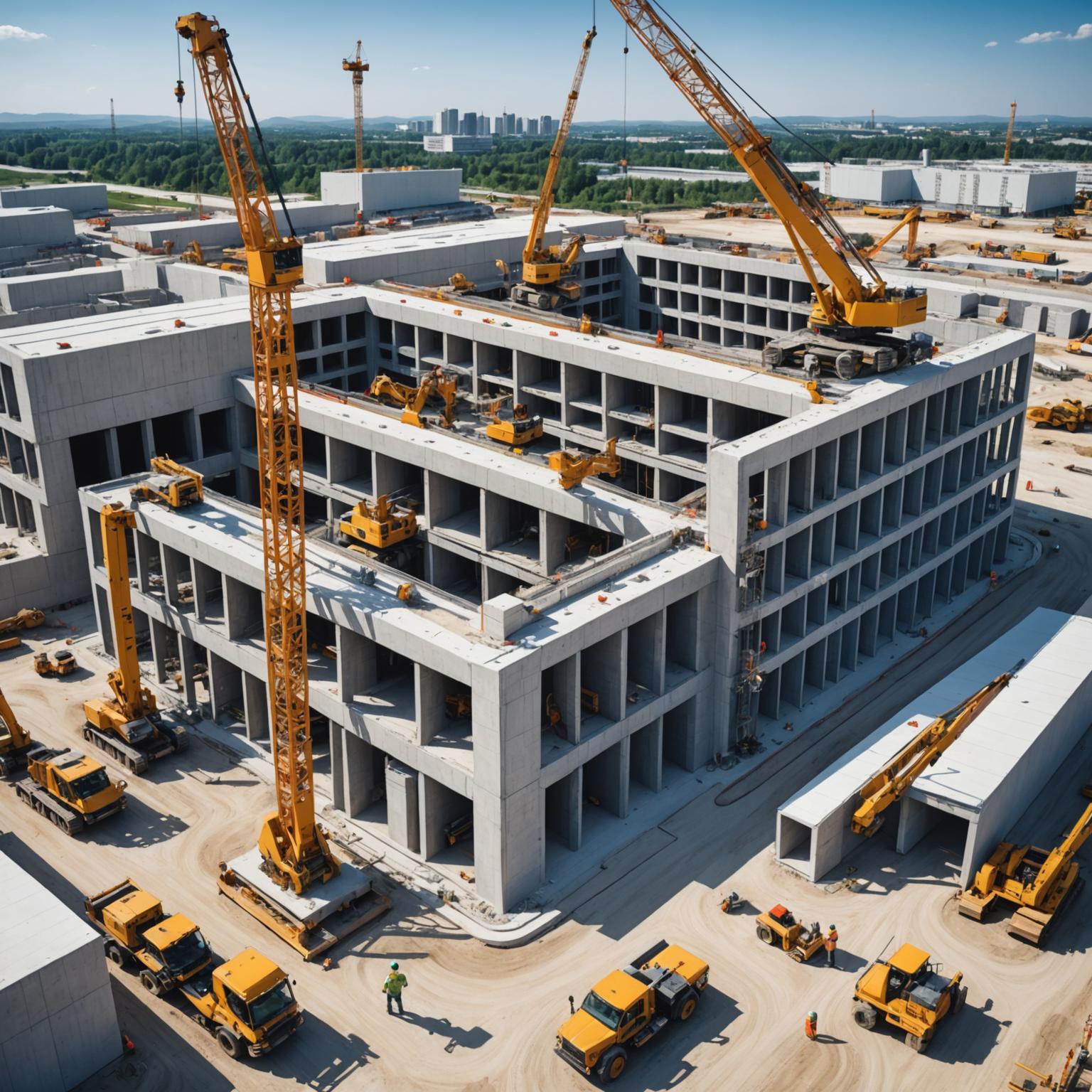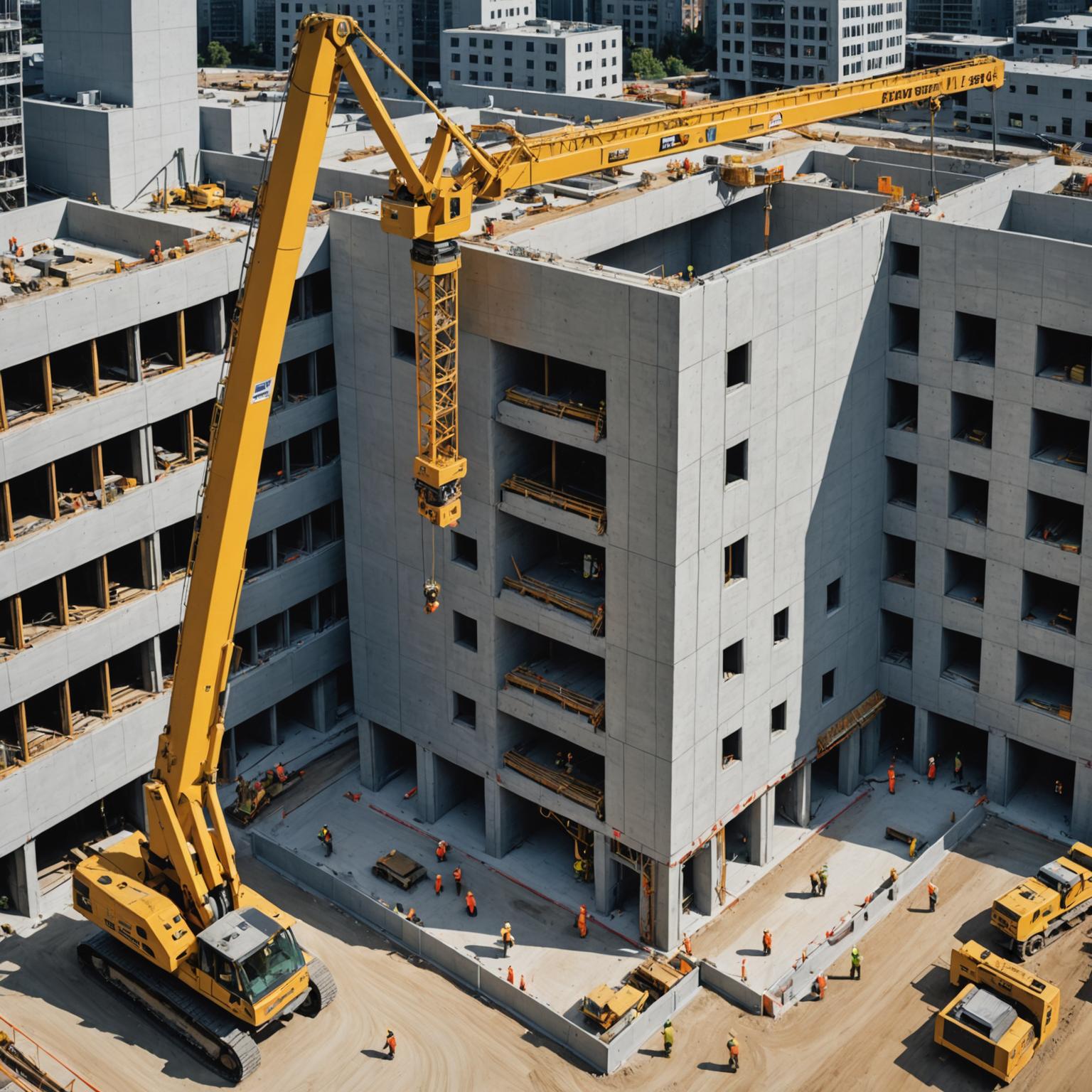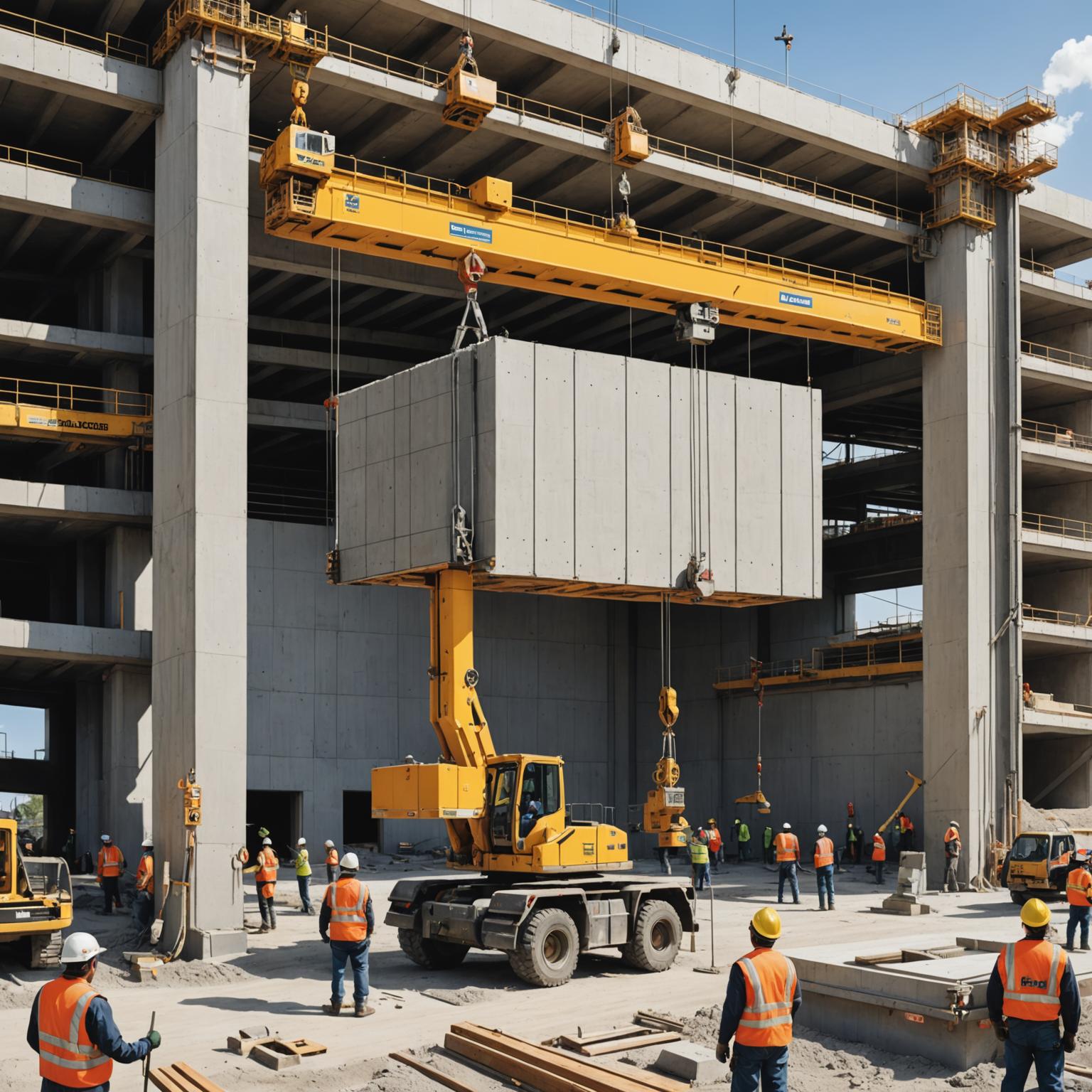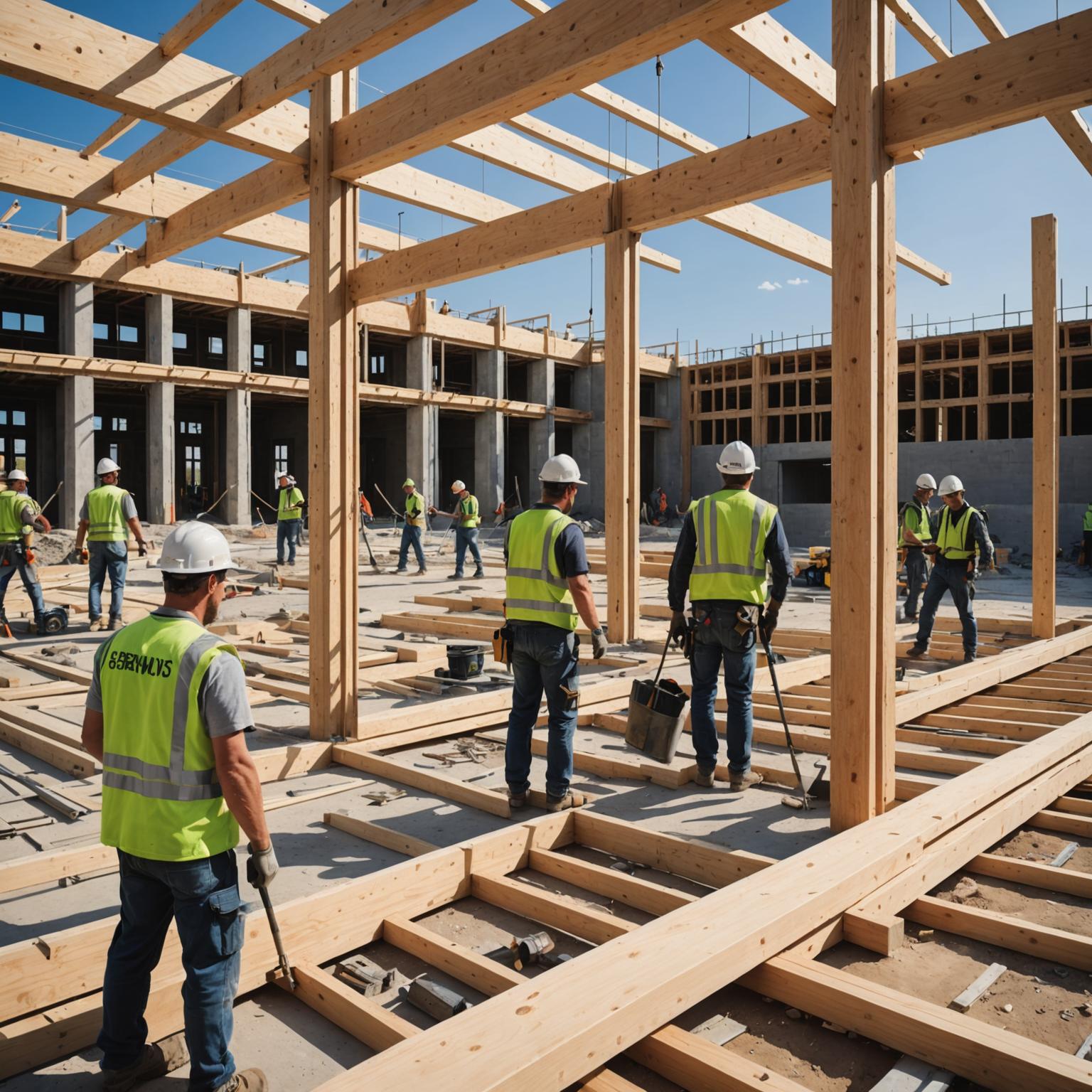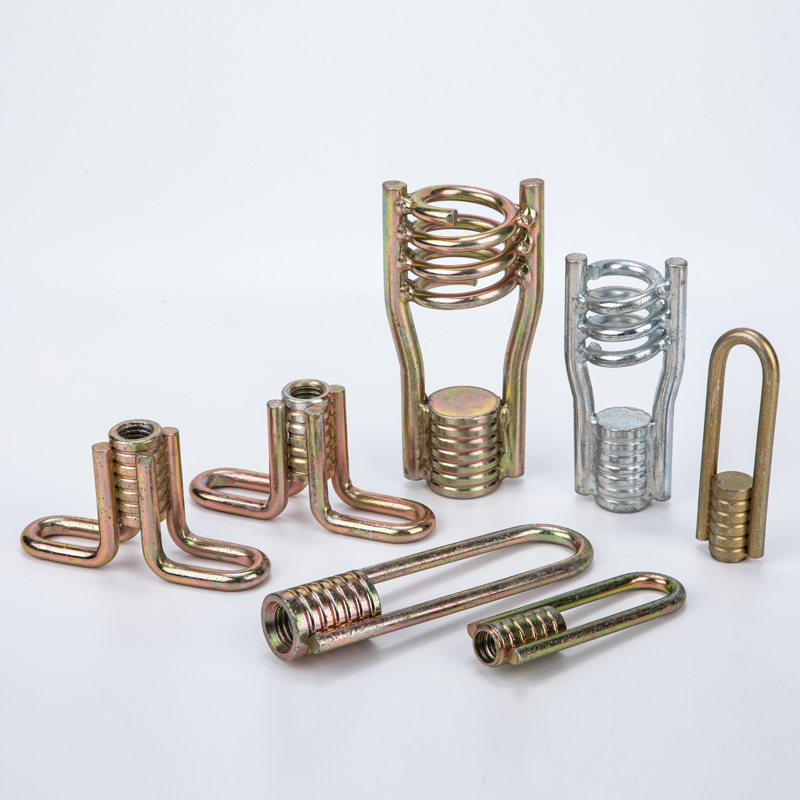Lifting anchor manufacture plays a crucial role in the construction industry, providing essential components that ensure the safe and efficient handling of heavy precast concrete elements. These devices are designed to securely attach to concrete structures, allowing for lifting and positioning without compromising structural integrity. As demand for high-quality lifting anchors grows, understanding their manufacture becomes vital for builders and engineers seeking reliable solutions. This article delves into the intricacies of lifting anchor manufacture, exploring its processes, benefits, and applications to help you make informed decisions.
Understanding Lifting Anchor Manufacture
Lifting anchor manufacture begins with the selection of high-grade materials, such as steel alloys that offer superior strength and corrosion resistance. Manufacturers start by designing the anchors using advanced software to ensure they meet specific load-bearing requirements and safety standards. The production process typically involves forging or casting the anchors, followed by precision machining to create the necessary threads and attachment points. Quality control is paramount in lifting anchor manufacture, with rigorous testing for tensile strength and durability. This step ensures that each anchor can withstand the stresses of real-world applications, reducing the risk of failure on construction sites. By focusing on these details, manufacturers produce anchors that enhance project efficiency and safety, making lifting anchor manufacture a cornerstone of modern building practices.
The Manufacturing Process in Detail
The manufacturing process for lifting anchors is a multi-step operation that combines technology and craftsmanship. First, raw materials are inspected and prepared, often involving heat treatment to improve material properties. Once shaped through methods like hot forging, the anchors undergo surface treatments such as galvanizing or coating to prevent rust and extend lifespan. Assembly might include adding components like sockets or plates, which are welded or bolted in place with high precision. Automated machinery plays a significant role in lifting anchor manufacture, allowing for consistent quality and faster production times. Environmental considerations are also integrated, with many manufacturers adopting sustainable practices to minimize waste. This level of detail in the process ensures that the final product is not only functional but also compliant with international standards, such as those set by the American Society of Mechanical Engineers. Overall, the efficiency of lifting anchor manufacture directly impacts the timeline and budget of construction projects, highlighting its importance in the industry.
Benefits and Applications of Lifting Anchors
Lifting anchors offer numerous advantages that make them indispensable in construction. One key benefit is their ability to facilitate quick and safe installation, which can significantly reduce labor costs and project delays. In applications like bridge building or high-rise construction, these anchors enable the precise placement of heavy precast elements, minimizing on-site risks. Beyond construction, lifting anchor manufacture extends to industries such as marine engineering, where anchors are used for securing offshore structures. The versatility of these components allows for customization based on specific needs, such as varying load capacities or environmental conditions. Additionally, investing in high-quality lifting anchors can lead to long-term savings by preventing accidents and ensuring structural longevity. As the construction sector evolves, innovations in lifting anchor manufacture, like the integration of smart sensors for real-time monitoring, are emerging to further enhance safety and performance. By choosing reputable manufacturers, businesses can leverage these benefits to stay competitive and deliver superior results. In conclusion, lifting anchor manufacture is not just about creating a product; it's about supporting the backbone of infrastructure development.


